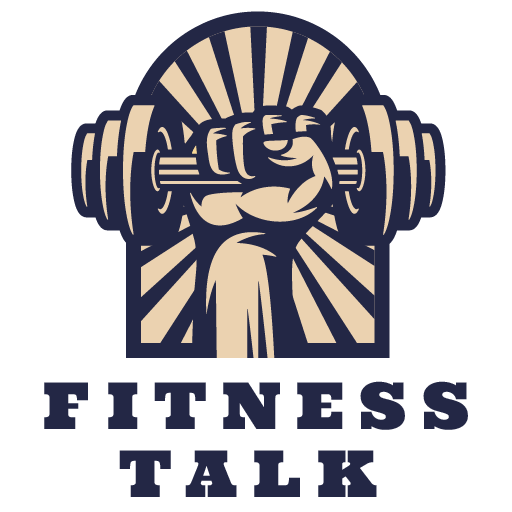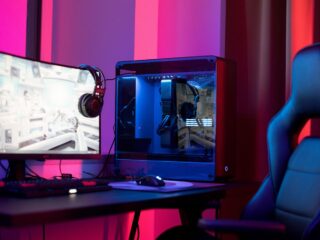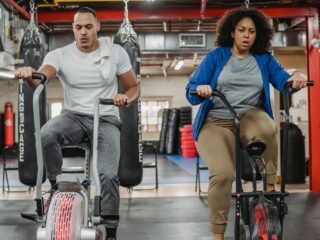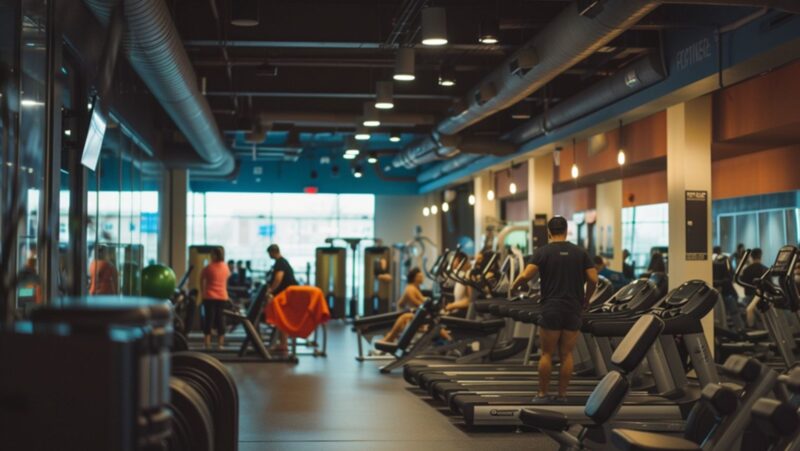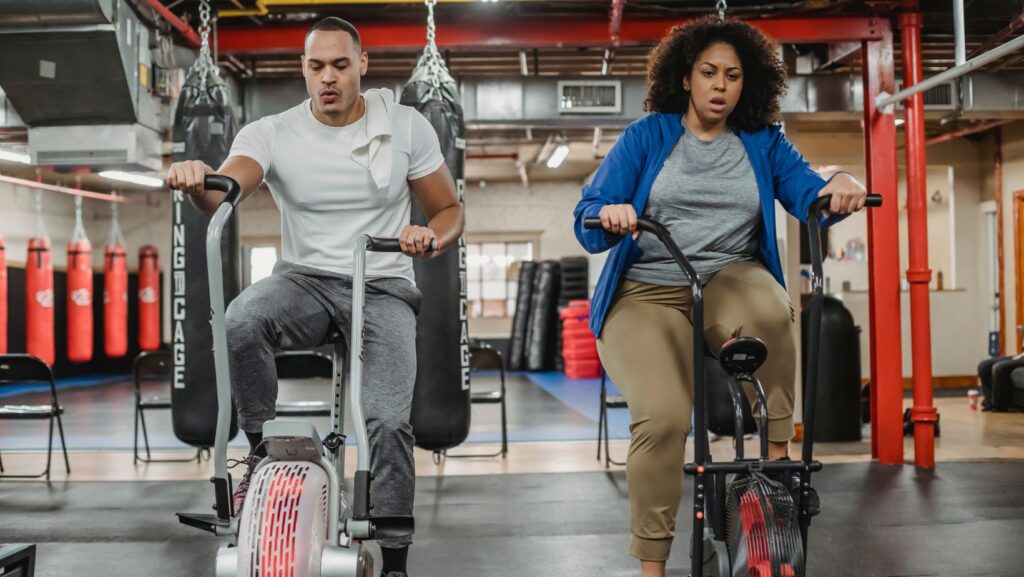
When temperatures drop and daylight dwindles, maintaining an active cycling routine becomes harder. Snow, ice, and freezing conditions often drive even the most dedicated riders indoors, leading to seasonal dips in motivation and fitness.
But winter doesn’t have to be a setback. With the right indoor setup and a structured approach, cyclists can stay on track, improve performance, and even enjoy the challenge of indoor training. Whether you’re training for spring races or simply want to avoid losing progress, a well-planned indoor cycling space makes all the difference.
Why Winter Disrupts Cycling Routines
Cold weather and limited daylight hours create physical and mental barriers to outdoor exercise. Cyclists face icy roads, low visibility, and increased risks of hypothermia and injury. The effort of layering up and navigating unpredictable weather makes riding outdoors less appealing, and often less safe. These disruptions lead to decreased physical activity, which in turn affects endurance, strength, and overall fitness.
The Mental and Physical Impact of a Winter Slump
Beyond fitness loss, reduced activity in winter often causes psychological setbacks. Many cyclists report lower mood, increased stress, and disrupted routines during the colder months. Without regular movement, motivation fades and healthy habits break down. This makes spring training harder to restart and can delay performance gains well into the year.
Building an Indoor Routine That Keeps You Motivated
Consistency is the key to making indoor cycling work. Scheduling rides just like outdoor sessions helps maintain momentum. Virtual platforms can make a big difference by providing structure, progress tracking, and social engagement. Setting up a dedicated space, no matter how small, helps mentally separate your workouts from the rest of your day.
Choosing the Right Equipment for Your Setup
Selecting the right equipment starts with your goals and space. Trainers allow you to use your outdoor bike indoors and retain familiar positioning. Stationary bikes offer convenience and simplicity, especially for quick sessions. Direct-drive trainers offer quieter and more accurate performance, while wheel-on trainers are affordable and compact.

If you’re training for multi-sport events, replicating your race bike setup on your trainer can enhance performance. Riders who regularly train on triathlon bikes benefit from maintaining consistent posture and muscle engagement. For anyone preparing for competitive events, it’s worth exploring options and setup tips that closely match your outdoor bike, particularly if you plan to explore time trial bikes further.
Making the Most of Your Space
Space is often a limiting factor. A basic indoor cycling setup requires around 6 by 3 feet, though extra clearance helps avoid accidents and makes rides more comfortable. Noise can also be an issue, especially in shared homes. Direct-drive trainers tend to operate more quietly than wheel-on models, which is a major consideration for apartments or late-night sessions.
Enhancing Comfort for Longer Rides
Indoor cycling often causes more sweat and discomfort than outdoor riding. Use a powerful fan aimed at your upper body to reduce overheating and simulate outdoor airflow. Raise the front wheel slightly to mimic natural riding posture and reduce pressure on wrists and back. Wear padded, sweat-wicking gear to avoid chafing and discomfort during longer sessions. For triathletes, this is also a good time to break in trisuits or triathlon clothing under realistic conditions. Always keep at least two water bottles within reach, and consider electrolyte drinks for high-intensity or extended rides.
Engaging with Technology for Better Results
Virtual platforms turn solo workouts into immersive experiences. These tools offer structured training plans, real-time feedback, and even community races that make winter riding more exciting.

o improve your training experience, use a large screen positioned a few feet from your bike, just below eye level. This setup reduces neck strain and enhances immersion. Quality headphones or speakers make a big difference in atmosphere and focus, while indirect lighting prevents eye fatigue during long rides. Triathletes can also benefit from training with a triathlon watch to track performance, heart rate, and cadence, useful metrics for both indoor sessions and race prep.
Training Smarter With Structured Plans
Structured workouts help you get more out of limited winter time. Interval sessions—short bursts of effort followed by recovery, are ideal for improving endurance and power. Rotating through different interval lengths and intensities keeps your body adapting. Training in three- to four-week blocks with a lower-intensity recovery week prevents fatigue and burnout while encouraging long-term progress.
Rest days are essential, especially with indoor training, which can be more mentally draining. Schedule full rest days or low-intensity sessions to let your body recover. Every four to six weeks, assess your progress with functional threshold power (FTP) tests or track heart rate recovery to fine-tune your training.
Take Control of Your Winter Fitness
Indoor cycling doesn’t have to be a dull backup plan, it can be a powerful way to build consistency, develop strength, and maintain motivation during the winter months. With a smart setup, thoughtful planning, and the right tools, you can stay active and emerge from winter stronger and more prepared for the road ahead. Whether you’re working with limited space or a tight budget, the key is staying committed and making your indoor setup work for you.
